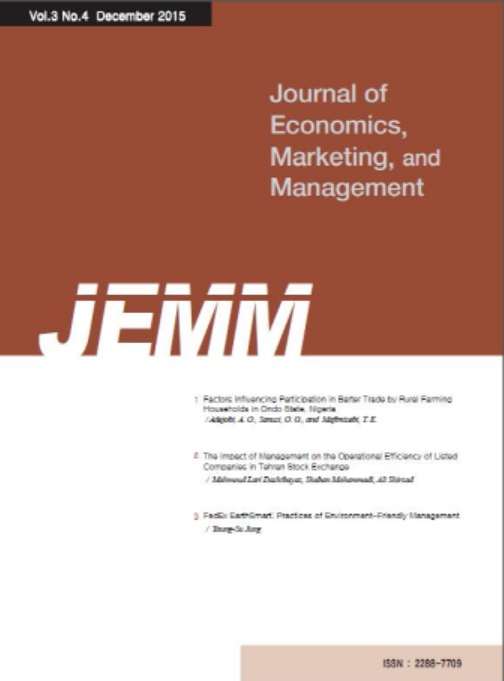- Log In/Sign Up
- E-ISSN2288-7709
- KCI
 E-ISSN : 2288-7709
E-ISSN : 2288-7709
Abstract
Purpose: This study investigates how to successfully promote the smart product bundle by exploring (1) how consumers' adoption intention toward a smart product bundle differs by the complementarity level of the bundled items and (2) how the ad appeal type influences the effect of complementarity level on adoption intention via goal fluency. Research design, data and methodology: This study was a 2 (complementarity level: low vs. high) × 2 (ad appeal type: attribute vs. benefit) between-subjects experiment. The proposed hypotheses were verified using analysis of variance (ANOVA) and bootstrap analysis using PROCESS. Results: This research demonstrated that adoption intention toward smart products increases when the complementarity level of bundled smart items is high. Goal fluency underlies this relationship. Further, attribute versus benefit appeal type moderates the relationship between the complementarity level and goal fluency. Conclusions: Compared with the attribute appeal, benefit appeal leads to higher goal fluency when the complementarity level of the bundled items is low. However, there was no differential impact of appeal type on goal fluency when the complementarity level of bundled items is high. Finally, goal fluency mediated the interaction of complementarity level × ad appeal type on adoption intention.
- keywords
- Smart product bundling, Complementarity, Attribute vs. Benefit appeal, Goal fluency, Adoption intention
- Downloaded
- Viewed
- 0KCI Citations
- 0WOS Citations













